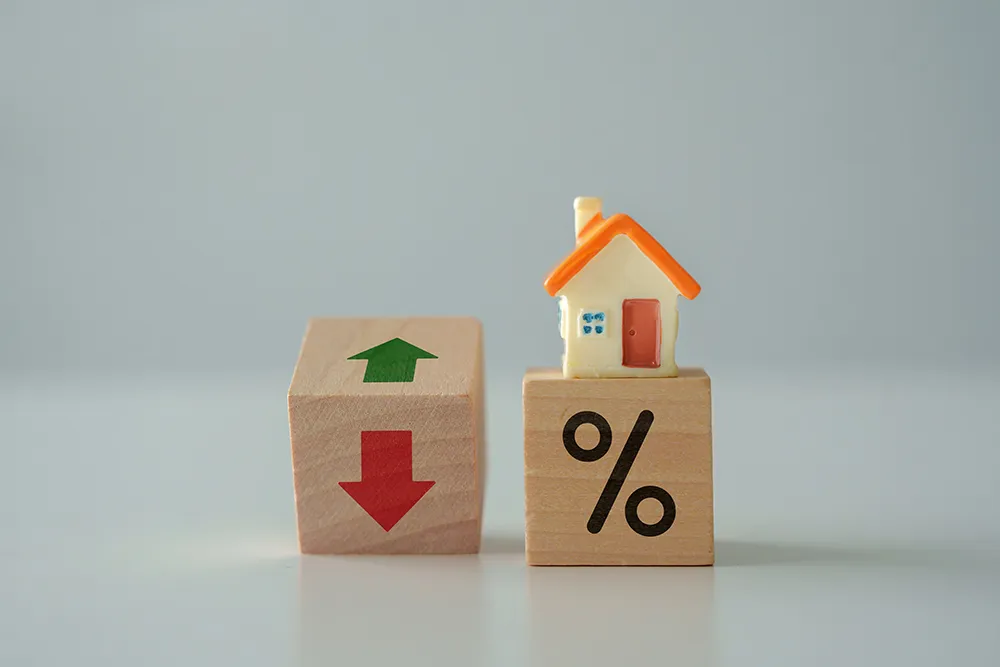
The latest Rics UK Residential Survey continues to reflect a generally weak market backdrop, with indicators on demand, sales, new listings, and house prices all negative.
The survey for March 2023 suggests this pattern will remain in place in the near term amid the tighter lending environment.
House prices are still falling at the national level however 12-month sales expectations point to a more stable trend emerging.
For new buyer enquiries, a headline net balance of -29% of contributors reported a fall in demand during March (barely changed from -30% last month).
The downturn in buyer demand remains widespread across the UK, with virtually all regions across the four nations posting a negative reading.
In terms of agreed sales, the national net balance slipped to -31% this month, down from a figure of -25% for February (but still less negative than the recent low of -43% reported in October 2022).
Near-term expectations point to sales remaining under pressure over the next few months, returning a net balance of -29%. Nevertheless, this is less downcast than the reading of -45% posted in February.
The supply backdrop remains tight, with the volume of fresh listings coming onto the market falling slightly during March according to respondents (net balance -6% vs -4% previously).
Alongside this, house prices continue to dip with the most significant declines in prices reported across East Anglia, the South East, the West Midlands and London.
Going forward, near-term price expectations remain downbeat, returning a net balance reading of -49% compared to -53% last month.
In the lettings market, the survey’s tenant demand growth indicator reached a five-month high, posting a net balance of +46% (part of the non-seasonally adjusted monthly dataset).
Strong demand is being seen pretty much across the country. At the same time, the landlord instructions metric remains mired in negative territory, returning a net balance of -21% in March.
Rics chief economist, Simon Rubinsohn believes the overall tone of feedback from the survey remains one of caution towards the sales market, reflected in both the headline price and activity indicators.
“Deals are being done, but a theme coming through in the anecdotal remarks is the need for vendors to recognise the shift in market dynamics. Significantly, there is also a sense that the medium-term outlook is looking a little more settled, helped by the perception that the interest rate cycle may be near the peak”.
Hargreaves Lansdown head of personal finance Sarah Coles agrees the outlook is slightly more settled but insists sellers can’t afford to get carried away.
“Things may not be as grim as we’d feared six months ago, but buyer demand has been dropping for the best part of a year, so if you’re going to sell, you need to enter the market with clear-eyed pragmatism”.
She adds: “There are so few properties coming to market that agents are over-valuing in order to win the business. Homes then sit on the market without interest or viewings, forcing sellers to drop the price”.
Coles suggests the one piece of good news is that expectations of falling interest rates later in the year have persuaded agents to predict a pick-up in sales within the next 12 months – the first time in over a year they’ve felt this positive. “However, it’s the one bright spot in a really tricky market for sellers,” she says.



